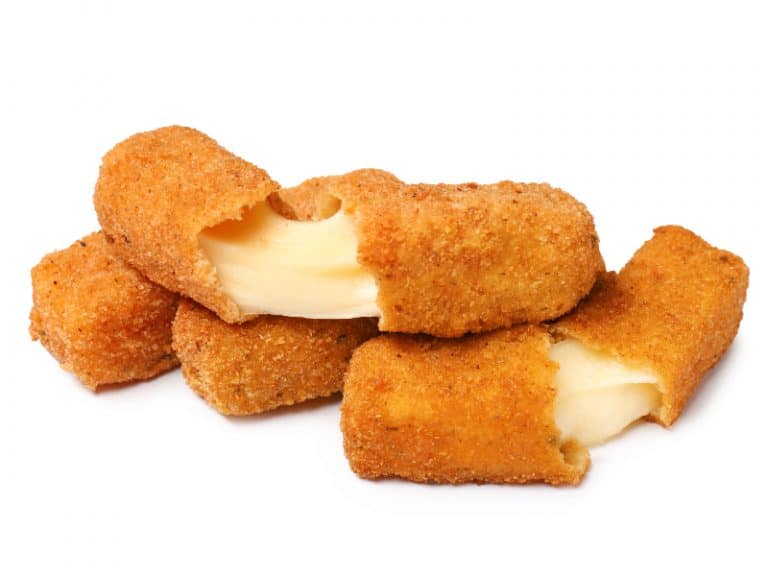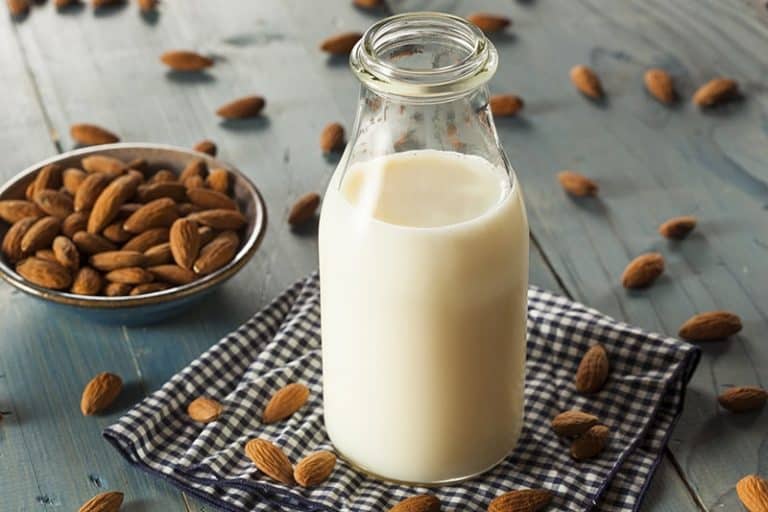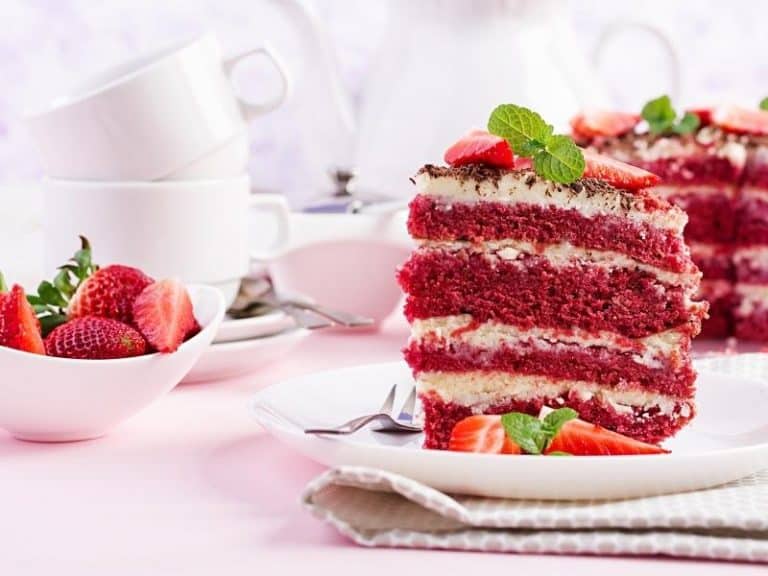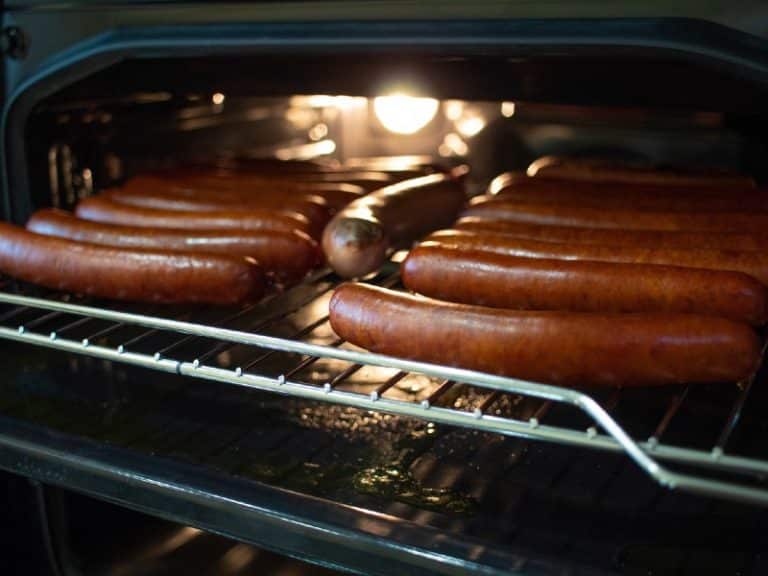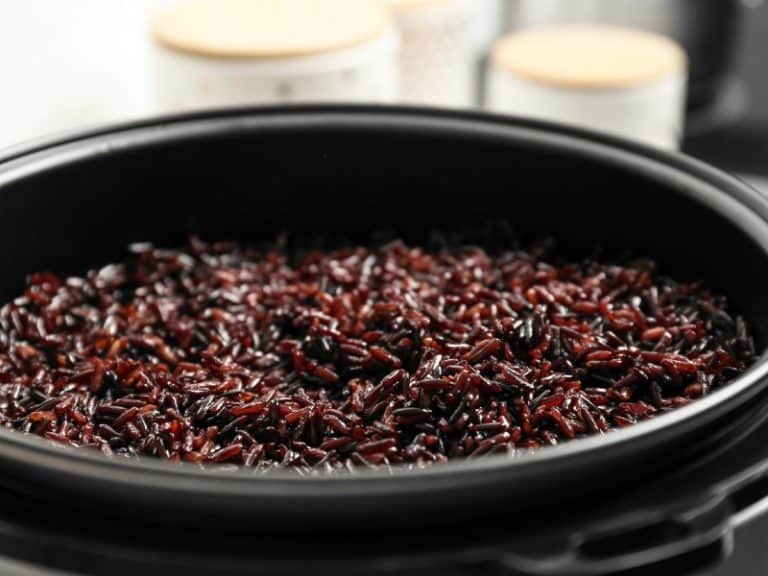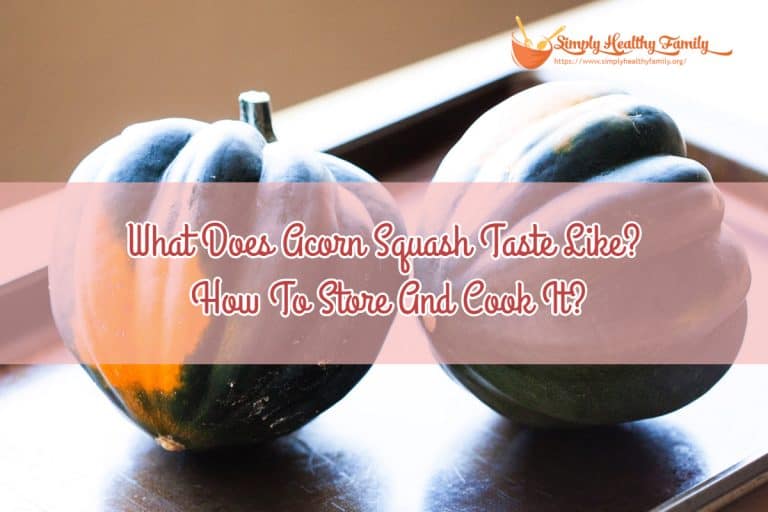Substitutes for Palm Shortening & How to Use Them
Shortening is any solid or semi-solid fat, such as lard and margarine. Today, people think of hydrogenated oils such as Crisco as shortening.
Like lard, vegetable-based shortening has a scoopable texture and a high smoke point. It’s safe for frying without spatters or popping because of its low water content.
Shortening is 100% fat. It has no flavor or odor and can be stored at room temperature for up to a year after opening the container.
The vegetable shortening you find in the supermarket is made with hydrogenated palm and soybean oils, plus other vegetable oils.
Palm shortening is processed from the oil of the fruit and kernels of the tropical palm. After soybean oil, palm oil is the most widely used cooking oil in the world.
To make palm shortening, palm oil is processed to remove some of the unsaturated fats. It has a thick texture that gives baked goods a tender crumb and flaky crust.
It’s a modern substitute for old-fashioned recipes calling for lard or butter. Unless butter flavor has been added, palm shortening has a neutral flavor and is useful for deep frying.
But there are problematic issues with palm shortening that are causing people to move away from using it.
Industrial harvesting of tropical palms for oil is rapidly destroying tropical forests. It follows that endangered animal species living in those forests are losing their food supply and natural habitat.
There is also the issue of child labor involved in the harvesting of palm kernels. Thousands of children, some as young as five, work alongside their parents in the great palm plantations of Malaysia and Indonesia.
The top substitutes for palm shortening are coconut oil, butter and margarine. Other alternatives include shortenings based on canola, olive, and corn, as well as beef fat and lard.
Why use shortening?
Technically, any fat is considered shortening, whether it’s commercial vegetable shortening, liquid oil, lard, or butter. But when referring to shortening today, people usually mean a semi-solid, processed vegetable fat.
Shortening’s low moisture content makes it stable over a long time. An unopened can of vegetable shortening last up to two years.
Once the can has been opened, it will remain useful for a year. It doesn’t need to be refrigerated but just kept in a cool, dark place.
If vegetable shortening takes on an unpleasant smell or taste, or its appearance has changed, it has gone bad and should be disposed of.
We’ll talk about the most popular shortening substitutes: coconut oil, butter (with a look at ghee), margarine, and lard.
Coconut oil
Coconut oil is processed from the dried nut of the coconut palm tree. It doesn’t have cholesterol and has a high vitamin E content.
Coconut oil’s lauric acid, a saturated fatty acid, is used up quickly by the body for energy. For that reason, some consider coconut oil as an aid to weight loss.
Coconut oil has antibacterial and anti-inflammatory properties. A study conducted in 2015 concluded that consuming coconut oil plus exercising daily can lower blood pressure significantly.
Another study found that coconut oil lowers unhealthy LDL cholesterol in the blood and raises healthier HDL cholesterol levels.
Research on the topic of coconut oil vs. cholesterol is still inconclusive as new studies keep being published.
Other vegetable oils, such as olive oil, are currently more highly recommended than coconut.
A consideration in cooking and baking with coconut oil is that it will give your food its characteristic coconut flavor, even if slightly.
Butter
The flavor of cow’s milk butter is considered the best in any cooked or baked home product. It combines beautifully with sugar, flour, and eggs.
And butter is widely available in any grocery store or supermarket. You may experiment with goat’s or sheep’s milk butter, if you can find them, but be prepared to find a hint of gaminess in goat’s milk butter and extra sweetness in sheep’s milk butter.
Your goods baked with butter will be softer than those baked with palm shortening. This is because butter has less fat content: 85%, the rest being water.
Butter is temperamental because it melts quickly. You can freeze your butter and grate it into the dry ingredients.
In any case, make sure your butter is very cold before starting to bake and handle it as little as possible with your hands. Professional bakers chill their flour, bowls, and utensils to keep the dough as cold as possible.
Your palms are warm, so try to use your fingertips when handling the butter-based dough.
Because of butter’s liquid content, you’ll need to adjust how much to use when you swap it for palm shortening. For each cup of shortening called for, use 1 cup butter plus 2 tablespoons.
The all-butter pie crust will be less flaky and comparatively crisper than crust made with palm shortening.
Swapping butter for shortening
Butter and shortening work equally well in baking. There’s no comparison in flavors, of course.
But in working with these fats, it’s important to remember that shortening is all fat, while butter has 15-20% water. This can be seen in cookies, for example.
Butter-based cookies spread more in baking than shortening-based ones, because of the water in the butter.
If you work the other way and substitute shortening for butter, you will need to compensate for missing liquid. Add 1 – ½ tablespoons of water or milk per stick of butter required in the recipe.
Remember to reduce the same amount of liquid when converting a recipe from butter to shortening.
To get the luscious flavor of butter and fluffy texture of shortening, you can combine the two. This is useful in baking pies and pastries.
A combination of 1/2- cup butter and 3/8 cup of coconut oil makes a good substitute for 1 cup of palm shortening.
We don’t recommend using shortening to make buttercream frostings, as its flavor is inferior and its high melting point means that it leaves a greasy feeling in the mouth.
Margarine
A compound of hydrogenated vegetable oils, margarine is useful when you want a product that tastes and looks like butter, but isn’t a dairy product.
This is great for baking lactose-free products. Its fat content is about 35%, which makes it a good choice when you’re baking for people watching their cholesterol intake.
Some margarine brands may be used in baking. It’s a good idea to check the labels and select a brand that is palm-oil free.
Ghee
Ghee is butter that’s simmered in a liquid state to let all its water evaporate. This creates a higher smoke point.
Because the milk solids are left behind and poured away, the process of making ghee eliminates dairy proteins such as casein. Many people with lactose intolerance find ghee tolerable (and it’s tasty).
Another advantage ghee has over butter is its butyrate content. Butyrate is a fatty acid that’s known to reduce inflammation and support digestion.
Surprisingly, ghee substitutes butter very well in baked goods and pie dough. This is because like standard shortening, ghee has no water content.
When using ghee in baking, don’t use it warm. Chill it to a semi-solid state and mix up your recipe quickly to avoid it melting.
The flavor will be rich and buttery and the pie crust will be flaky and slightly puffy.
Lard
Lard is rendered pork fat and was once the standard shortening for baking. It’s almost all fat, without water content.
Like vegetable shortening, lard produces flaky pie crust and a tender crumb in breads and cakes.
Lard is perfect for deep frying and sautéing, as it has a high smoke point. It makes flaky, crisp foods without burning.
When swapping lard for shortening, use 1 cup minus 2 tablespoons of it for every cup of shortening in a recipe.
Choose organic lard if possible. Organic lard is healthiest, being processed from pigs whose feed doesn’t include antibiotics or growth hormones.
Organic lard is natural, with no added ingredients, and is not hydrogenated. Being rich in monosaturated fat and vitamin D, it has a better nutritional value than many vegetable shortenings.
One advantage of organic lard is its neutral flavor, which makes it useful in baking and cooking just about any recipe.
You can order organic lard online, or find it in health food stores.
Below we offer three typical but distinct American biscuit recipes respectively made with butter, lard, and shortening. You can expect the dreamiest flavor from the butter biscuit.
Butter-based biscuits must come together and be rolled out quickly, to avoid heating the butter.
Shortening makes a slightly sticky biscuit dough.
Last, we offer lard-based biscuits, which recall old times when lard was the cheapest fat around. Lard makes fabulously flaky, somewhat craggy biscuits.
Note: any biscuit recipe can be made with oil instead of solid fats. Swap one cup of oil for each cup of shortening or other fat in the recipe.
Add a teaspoon or two of milk to the dough if it seems too thick.
Butter Biscuits
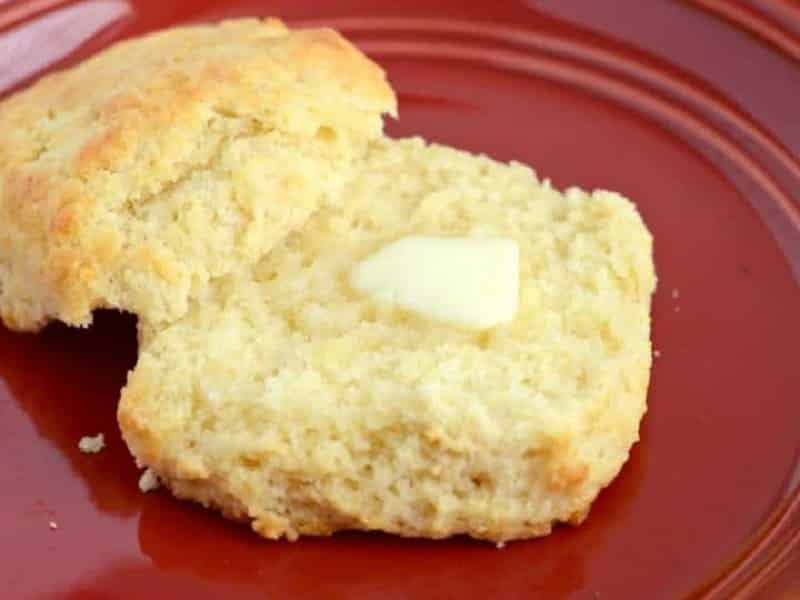
Butter Biscuits
Ingredients
- 2 cups all-purpose flour more for dusting
- 2 teaspoons granulated sugar
- 1 tablespoon baking powder
- 1/4 teaspoon baking soda
- 1 teaspoon salt
- 6 tablespoons unsalted butter very cold
- 1 cup buttermilk chilled
Instructions
- Preheat the oven to 450°F. Line a large baking sheet with parchment paper.
- Combine the flour, sugar, baking powder, baking soda and salt in a food processor.
- Add the butter. Pulse the food processor several times to combine the flour and fat.
- Pour in the buttermilk and process until just combined. The dough will be a little sticky.
- Turn the dough out onto a floured surface. Dust flour on the dough.
- Pat the dough out to ½ inch thickness.
- Cut 2-inch circles out with a biscuit cutter.
- Place the biscuits on the lined baking sheet. Leave 2 inches between them.
- You can put scraps of the dough together to cut out new biscuits, but try to handle them as little as possible.
- Bake the biscuits until golden brown, 12 to 15 minutes.
Notes
Check Also: Shrimp Paste Substitute
Lard and Buttermilk Biscuits
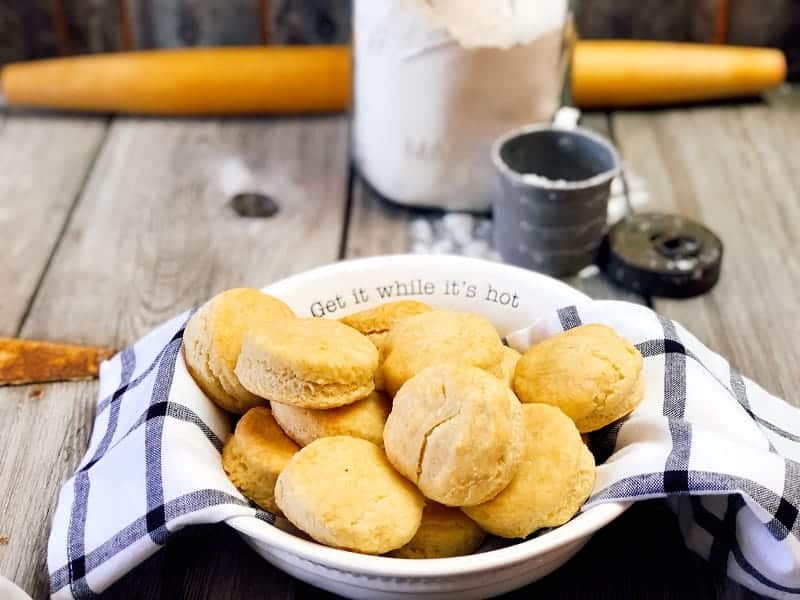
Lard and Buttermilk Biscuits
Ingredients
- 4 cups all-purpose flour
- 1 teaspoon salt
- 1 teaspoon baking soda
- 1 teaspoon cream of tartar
- 4 teaspoons baking powder
- 1 cup lard
- 2 cups buttermilk
Instructions
- Preheat the oven to 450° F.
- In a large bowl, whisk together the flour, salt, baking soda, cream of tartar, and baking powder.
- Cut the lard into the flour mixture until crumbly, using a pastry cutter.
- Stir the buttermilk into the flour
- Turn the craggy dough onto a floured surface and knead 4 or 5 times until it’s smooth.
- Roll the dough out 1-inch thick.
- Cut biscuits out with a biscuit cutter or a glass.
- Place the biscuits on an ungreased baking sheet.
- Bake until the tops are golden, about 12 minutes.
Read Related Article: Reheating Roast Beef
Fluffy Shortening Biscuits
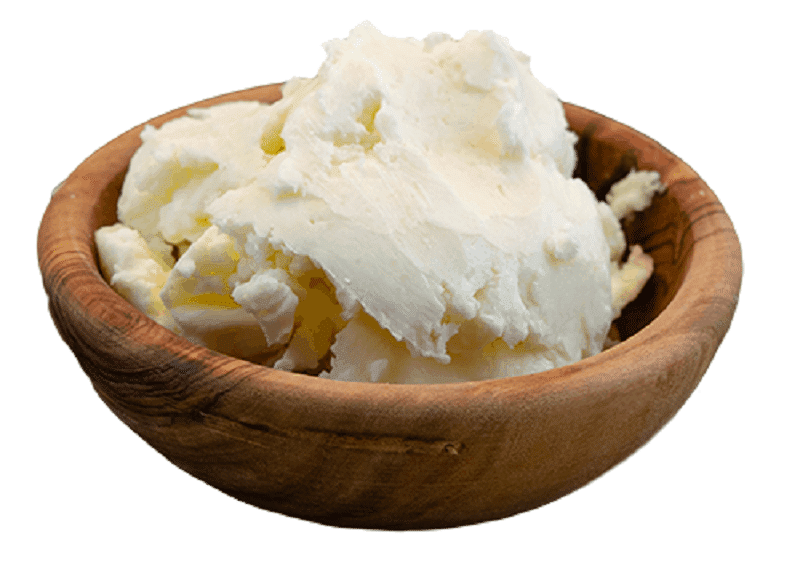
Fluffy Shortening Biscuits
Ingredients
- 2 cups all-purpose flour
- 4 teaspoons baking powder
- 1 tablespoon sugar
- 1/2 teaspoon salt
- 1/2 cup shortening
- 1 large egg at room temperature
- 2/3 cup milk
Instructions
- Preheat the oven to 400°F.
- Whisk together the flour, baking powder, sugar and salt.
- Cut in shortening until the mixture resembles coarse crumbs.
- In a separate bowl, mix the egg and milk.
- Add the mixture to the dry ingredients. Stir until just moistened.
- Flour the working surface well.
- Tip the dough out and knead it gently 8-10 times.
- Roll the dough to ½ inch thickness.
- Cut biscuits out with a 2-1/2 inch biscuit cutter.
- Place the biscuits on a baking sheet lined with baking parchment.
- Bake until golden brown, 10-12 minutes.
Tip: all biscuits and quick breads profit from being covered with a kitchen towel and allowed to rest for 10 minutes before serving. This short cooling-down allows flavors to mature.

